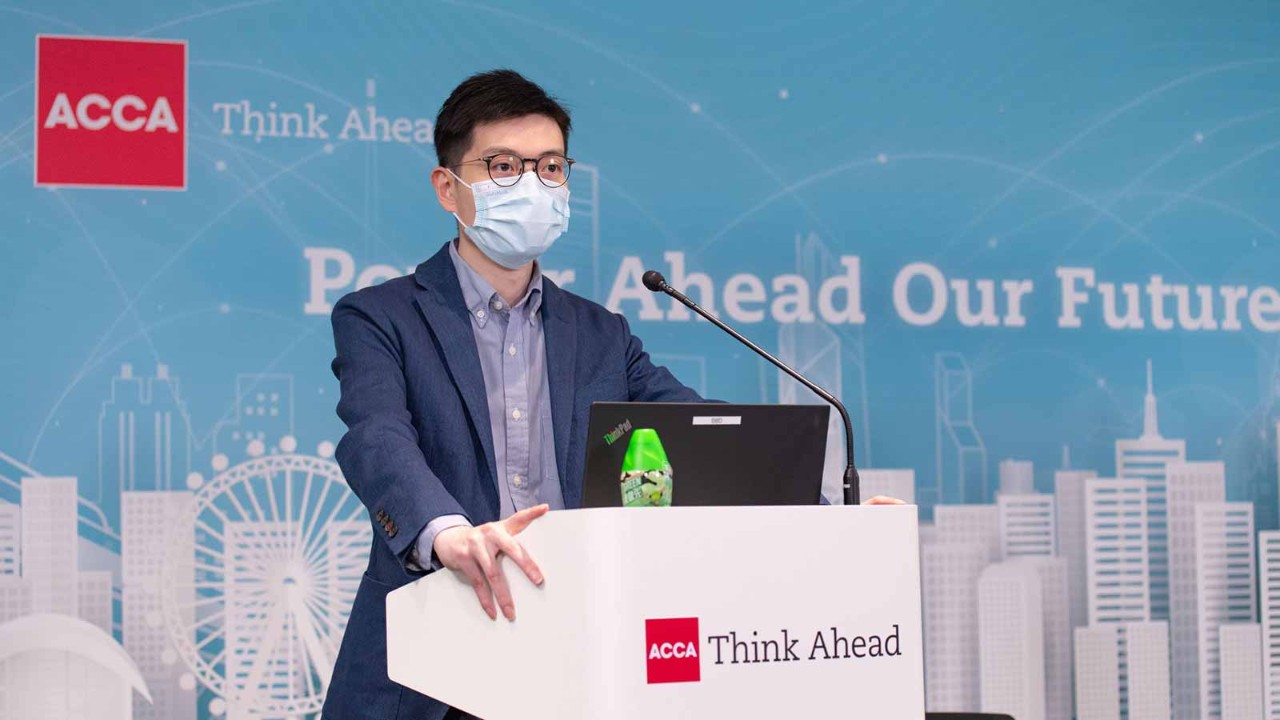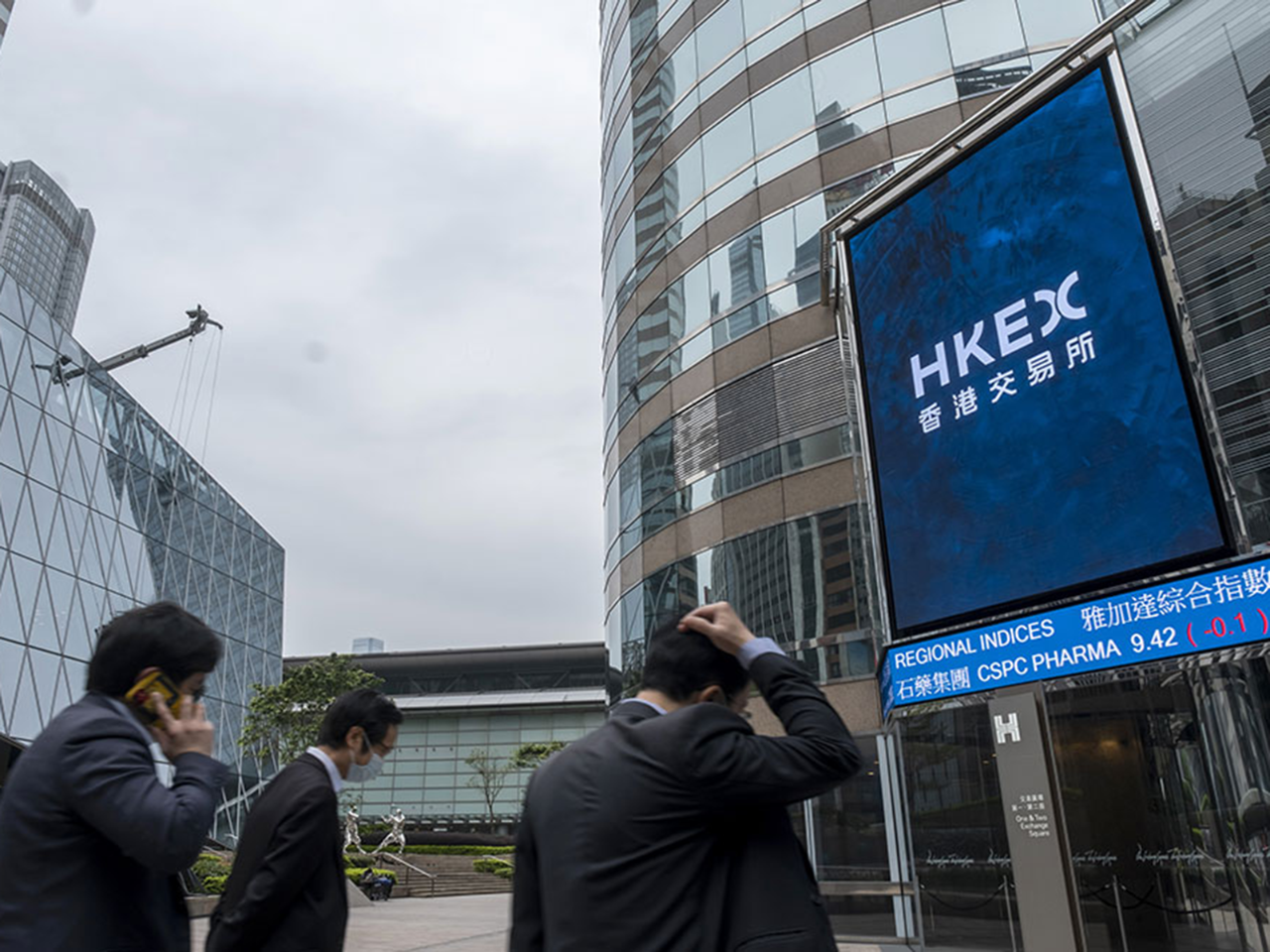
While Hong Kong’s economy is expected to slowly recover to pre-pandemic levels, businesses will face another wave of challenges from the base erosion and profit shifting (BEPS) 2.0 project issued by the Organisation for Economic Cooperation and Development (OECD).
During ACCA Hong Kong’s virtual annual tax conference in March, finance leaders pointed to a potentially heavier tax burden, extra compliance costs and weaker investor appetite as potential dangers. They urged their peers to prepare for the international tax overhaul.
Wilson Chong, senior economist at the Hong Kong General Chamber of Commerce, believed that there was light at the end of the tunnel.
The Special Administrative Region’s (SAR) economy is expected grow by 3.5% this year to return to its 2019 size, thanks to vaccination programmes worldwide and a low-base effect. The unemployment rate will drop to 4.8% by the end of 2021 after hitting a 17-year high. Local market demand, Chong emphasised, is key to accelerating recovery.
Panelists agreed that, after surviving the pandemic, BEPS 2.0 is expected to bring profound impacts to various sectors and companies, regardless of how digitalised they are.
‘When we don’t know the consequences of our action, how do we make decisions?’

Tax disputes
Jack Lo FCCA, head of tax, Asian markets, at AXA Asia, a multinational insurer, predicted that there would be more tax disputes and a heavier burden on tax compliance for multinational enterprises (MNEs).
‘The new tax rules and concepts are very complicated. We need to ensure tax compliance, and respond accordingly to upgrade our reporting procedure and system,’ he said, adding that MNEs will need to avoid tax disputes that could tarnish their reputation.
Heftier taxes, in the event that no remedy is offered for double taxation, as well as controversial tax disputes, could affect the financial performance, dividend payout and share price volatility of listed companies, Lo said.
Uncertainty ahead
As the content of Pillar one and Pillar two is yet to be finalised, uncertainty is poised to cast a shadow over MNEs.
‘Every business decision comes with tax consequences. When we don’t know the consequences of our action, how do we make decisions on our business activity or investment plan?’ Lo asked.
Companies should not assume that they could be exempted from BEPS 2.0 as the definitions are broad and vague, said Vincent Fung, the then Europe tax lead at PCCW Global.
Under Pillar one, Fung said, consumer-facing businesses (CFBs) are vaguely defined and definitions around baseline marketing and distribution activities can be flexible.
‘These points are worth exploring, especially if you’re worried if your business will be impacted,’ Fung said.
The vow to tackle tax challenges arising from digitalisation could deter companies from investing, Fung also warned.
‘If you’re exposed to higher risk of double taxation because of digitalisation, it could hamper investors’ appetite. This is not what we want to see,’ he added.
Chain effects
Working at a Hong Kong-headquartered apparel manufacturer that serves global brands, Crystal International Group’s CFO Andy Li FCCA expressed concern that BEPS 2.0 could indirectly affect other B2B players in the supply chain.
He pointed out that the pandemic has encouraged e-commerce, which brought changes to his clients that operate on a B2C business model. These are companies classed as CFBs under BEPS 2.0. ‘As our clients undergo these changes, will this lead to changes for us, too?’ Li asked. ‘Today, we’re still uncertain what the indirect impacts might be.’
‘If you’re exposed to higher risk of double taxation because of digitalisation, it could hamper investors’ appetite’

A potential indirect impact, he suggested, is that a heavier compliance burden may translate into extra costs transferred to upstream players and consumers.
For many, a more important question is how Hong Kong’s listed and non-listed companies with a parent company headquartered elsewhere could be affected by BEPS 2.0.
As a consultant, Cecilia Lee, transfer pricing services partner at PwC China/Hong Kong, advised companies to assess Pillar two’s impact no matter where their parent is located, since this regime will ensure that MNEs pay at least a minimum level of tax regardless.
Subsidiary consideration
A first step is to apply the subsidiary tax rule.
‘No matter where your parent company is, if the entities under the parent company are paying service fees, interests or royalties that are not high enough to meet the minimum tax rate in the payee’s jurisdiction, you will need to pay top-up tax,’ Lee said.
A second point to consider is the income inclusion rule (IIR) and undertaxed payments rule, which complement each other. Companies will be subject to Pillar two regardless.
‘We will first look at your ultimate parent company. If the jurisdiction it is in doesn’t adopt IIR, then we will look at the entities under the ultimate parent company, until we find a level with entities in jurisdictions where IIR is adopted. Then we can begin evaluating the effective minimum tax,’ Lee said. ‘The key is to evaluate the effective tax rate of the whole group.’
Respond better
Despite the challenges BEPS 2.0 brings, panelists agreed that it is essential to act in solidarity to address issues in a digital era. They urged finance professionals to read through BEPS 2.0 and understand its objectives to respond better.
One way is to conduct a preliminary impact assessment.
‘You may use the financial information currently available to perform impact assessment of Pillar one and Pillar two to get a feel of BEPS 2.0,’ suggested Lee.
And be prepared, Lo urged: ‘Continue to participate in the consultation for BEPS 2.0. This fundamental tax overhaul is poised to happen any day soon.’
Further information
Read our previous articles on the ACCA Hong Kong tax conference, on keeping tax simple and fair and overhauling Hong Kong’s tax regime

